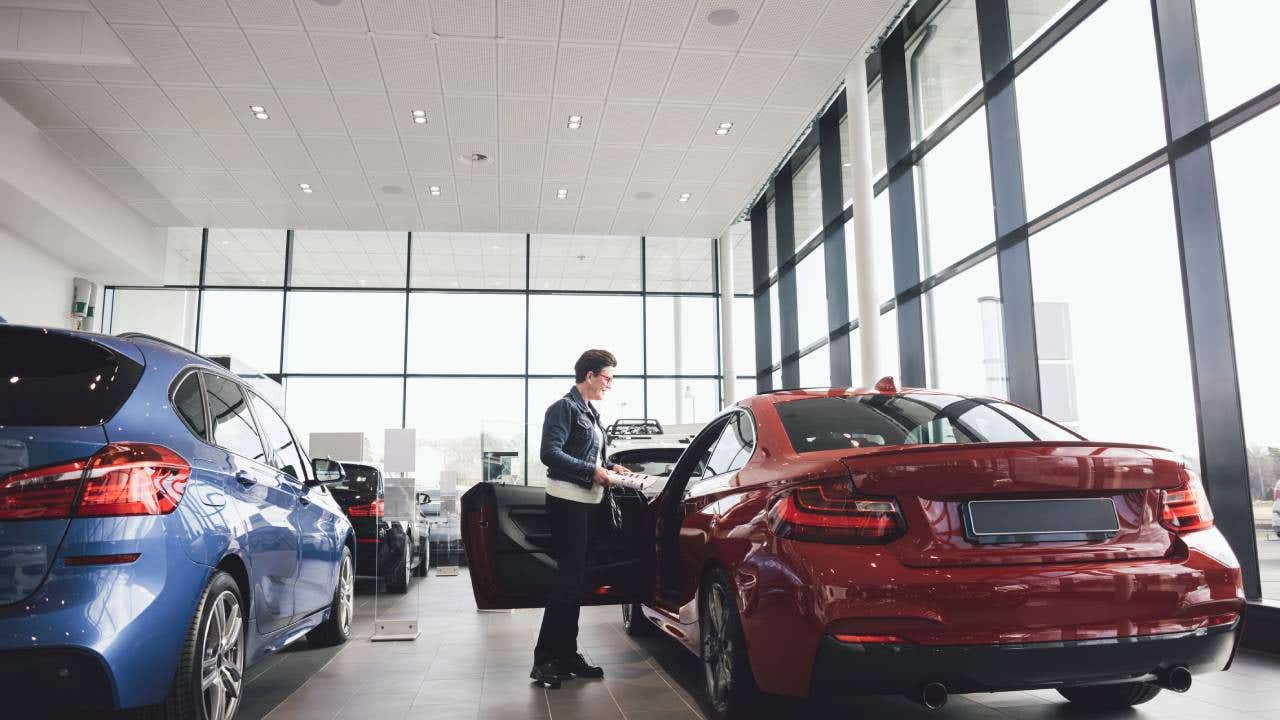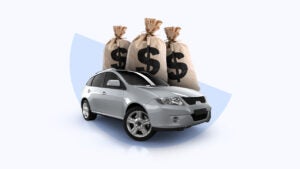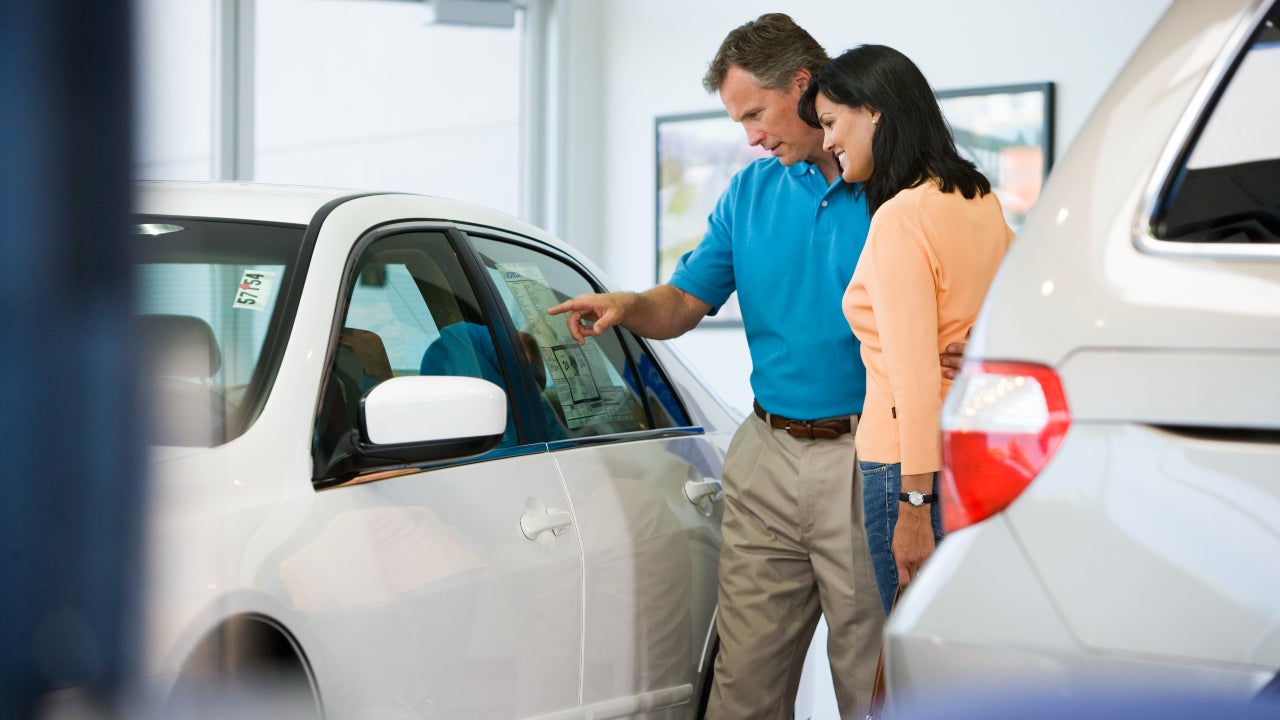Car interest rates are going up as the Fed quells inflation




Key takeaways
- The Federal Reserve doesn’t directly set auto loan rates — but it does affect the cost for lenders to borrow money.
- The Federal Funds rate was three times in 2024 and now sits at 4.25-4.5 percent.
- High interest rates have offset any concrete wins from stabilizing vehicle prices.
Inflation and its impacts are likely not going away anytime soon. That means high car loan interest rates will likely linger, too. While the Federal Open Market Committee (FOMC) announced the third federal funds rate cut in December 2024, rates remain unusually high, which tends to drive higher rates on consumer loan products. With no cut announced after the FOMC meeting in March, rates will likely remain high over the coming months.
Unfortunately, this does mean that car loan interest rates are also high, though they have been on the decline. If you plan on buying a car soon, carefully compare rates with multiple lenders — and if possible, wait and see if rates continue to fall over the coming months before you buy.
Why are car interest rates so high?
Choices by the Federal Reserve affect the benchmark rate, which has a domino effect on the cost of vehicle financing. Although rates depend on several factors — including a borrower’s credit history, term length, vehicle type and more — increased inflation means even drivers with perfect credit face higher rates.
“One of the Fed’s core duties is to keep purchasing power in check, and they do it by raising interest rates,” explains Sarah Foster, senior U.S. economy reporter at Bankrate. To achieve this goal, the FOMC increased rates 11 times since March 2022. In September, the FOMC finally began cutting its target rate — and it is now a full percentage point lower than at the beginning of 2024, sitting at 4.25-4.5 percent. However, this is still higher than the historic norm, and the FOMC did not choose to cut rates after the March 2025 meeting.
According to Foster, high interest rates make it more expensive to borrow money. And that, combined with high costs, has been like a one-two punch to Americans’ finances. She explains that this has left many drivers “resigned to finance an exceptionally expensive big-ticket purchase at an uncomfortably high rate.”
Higher interest rates are just one result of the Feds’ goal to quell inflation. “Higher borrowing costs don’t just disincentivize spending but squeeze people out of being able to afford big-ticket items, causing the economy to slow,” Foster says. Bankrate experts believe the Fed will continue cutting rates through 2025. However, rates on auto loans are unlikely to significantly drop after this initial cut.
The increases can be attributed to the higher benchmark rate and more expensive vehicles. Stay up to date with changing news and how it affects your finances with Bankrate’s Federal reserve hub.
How to get a deal when interest rates are high
While the interest rate you receive depends on many factors, including uncontrollable ones like inflation, you can still make moves to save money regardless of rate hikes made by the Fed.
Shop around
Most lenders will have higher rates right now, but that doesn’t negate the benefit of shopping around. Compare rates and terms from at least three lenders to decide which quote is best for your needs. Pay close attention to the available APR along with the repayment term.
Calculate true ownership cost
As vehicle prices hit record highs, focusing on your budget when shopping is vital. With little wiggle room, it is best to calculate how much you can afford before heading to the dealership. This way, you will understand how much you need to borrow to drive your new car.
Be sure to shop the total loan amount, not just the monthly payment. While taking out a longer-term loan for cheaper monthly costs can be enticing, it can be more expensive in the long run.
Apply for preapproval
You are able to apply for prequalification or preapproval with most lenders, which will give you a firm idea of what your expected rates will be. It can also help during negotiations at the dealership — with a loan already in place, you know exactly what you can afford to spend and potentially negotiate for lower rates through dealership financing. Not all lenders offer this step, so look for it when comparing options.
Consider an electric or hybrid car
The upfront cost of an EV tends to be higher, but electric vehicles — and hybrids — do have added benefits beyond the gas pump. Although both auto loan rates and vehicle prices are high right now, you have ways to cut down on costs.
By applying for a green auto loan and applying for EV tax credits, you can make back any money lost due to higher interest rates. And if you don’t need your vehicle to be fully electric, a hybrid is often a more budget-friendly option that can help you save at the pump.
Buy a used car
It may seem counterintuitive because used cars typically have higher rates, but buying a used car can save you money if you choose a car with a lower price tag. It can also help you save money every month. According to data from Experian, the average payment for a used car was $523 in the third quarter of 2024. Compared to the average new payment of $735, even a slightly higher interest rate on a used car still saves money.
How to refinance once rates drop
One of the most effective times to consider refinancing your auto loan is when rates have lowered and your credit score has improved. The process is similar to applying for your initial loan, though there are a few extra steps on the back end.
- Evaluate your current loan. Before beginning your refinancing process, it is important to look at your current loan’s term and interest rates. Use an auto refinance calculator to understand potential monthly savings once you have those numbers in mind.
- Check your credit. By understanding your credit score, you can determine your eligibility for good rates. When it comes to refinancing — just like with any loan — the better your credit, the more competitive your rates will be.
- Shop around. Comparing refinancing rates with at least three different lenders is the key to getting a good deal. Just like your initial car loan, calculating potential costs and working them into your budget will help you avoid spending more than you need to.
- Receive new terms. If you are approved, your new lender will typically send your payoff amount to your current lender. Follow up with both lenders to make sure everything is completed on time and accurately.
Now might not be the best time to buy
Although many do not have the luxury of waiting to buy a car, patience may be on your side when it comes to saving money. Interest rates will continue to make borrowing money for your vehicle more expensive. So whether you plan to wait out the high rates or head to a dealership, prepare for higher prices to finance your vehicle.




